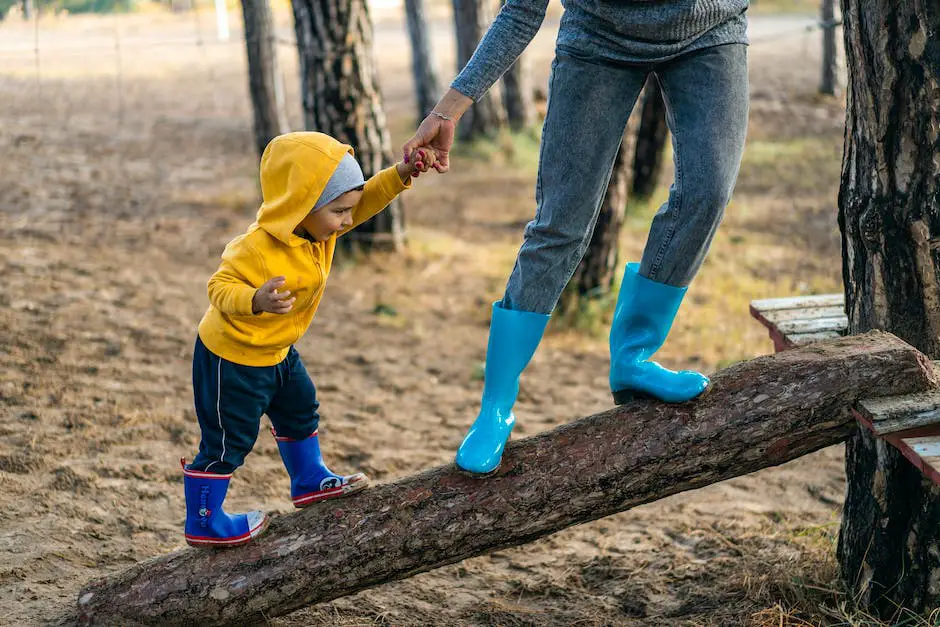Since the pandemic, we have been searching for the best online learning resources for kids that will help us parents cope with the increasingly digital world we live in. Here’s a guide on how to find the best ones.
In the digital age, the landscape of education is transforming radically, presenting ample opportunities for young learners to acquire knowledge beyond the conventional classroom boundaries. Technological advancements have made online learning resources an increasingly popular avenue for kids to explore new dimensions of knowledge and learning. From fun-filled activities and games that keep their interest alive to content that aligns with and exceeds the regular school curriculum, a world of learning sits readily at their fingertips.
Understanding these platforms, assessing the value of their educational content and getting to grips with the ways in which progress can be monitored is becoming ever-more essential for parents and guardians invested in their child’s education. A new reality is upon us and this piece will guide you through everything you need to know about child-friendly e-learning platforms.
Table of Contents
Child-friendly e-Learning Platforms
Picking the Perfect Online Learning Resources for Kids
When it comes to picking the right e-learning platform for your children, there are several considerations to make. It’s not just about the platform with the most bells and whistles. The best platform should cater to your child’s learning style and align with your family values, while still being user-friendly and exciting. Here’s what to consider:
1. Select age-appropriate content
The content on the platform should be age-appropriate for your child. Children’s understanding and attention span evolves at different stages, and their e-learning platform should too. Note whether the platform caters to a broad range of age groups or if it specializes in a specific age bracket.
2. Look into the curriculum and learning outcomes
Look into the specifics of the platform’s curriculum and learning outcomes. Are they aligned with your local school’s curriculum? Are they too easy or challenging for your child? Pick a platform that complements their in-school learning but challenges them just enough to foster growth.
3. Consider learning styles
We all have our preferred method of learning – some children might prefer a visual approach, while others might be more into reading or hands-on activities. A good platform should cater to different learning styles, so consider this while exploring available platforms.
4. Note safety and privacy
Your child’s safety online must be a top priority. Ensure the platform employs strict safety and privacy measures and doesn’t share your child’s data with third parties.
5. Select engaging and interactive sites
A child’s eagerness to learn is piqued when they’re having fun. So, the chosen platform should be engaging and interactive, with colorful graphics, videos, music, and more that make learning exciting and enjoyable.
6. Consider cost of learning
This comes last, but it is by no means the least important. Consider whether the platform offers free access or a free trial for you to test before committing. If it’s a paid platform, does it offer you value for your money?
7. Find out if the platform allows offline use
Consider if the platform allows for offline use. This will ensure your child’s learning is not hindered due to unstable internet connection.
Remember, the ‘best’ platform isn’t the one with the most features. It’s the one that fits perfectly within the unique framework of your family’s needs and expectations. Take the time to research, ask questions, and make an informed decision about your child’s e-learning platform, as this will have significant impacts on their cognitive and emotional development.

Assessing the Educational Content
Considerations for Selecting Early Childhood Education Apps
Hello, mommas, daddies, and guardians of the little ones. Our adorable munchkins can leave us utterly beguiled with the incredible speed at which they grasp concepts and new things. Learning in today’s technologically advanced age isn’t the same as the good ol’ chalk and duster method we grew up with.
Handheld gadgets are now mainstream windows to comprehensive learning. But how do you discern the jewels from the piles of early childhood education apps inhabiting the app stores, you ask?
Let’s dive right into some essential factors every parent should consider.
Gradationally Challenging
The curiosity and mental agility of our little ones are boundless. However, bombarding them with tons of complex challenges might usurp their interest. Seek out educational apps that rhythmically elevate the difficulty levels, keeping the kiddos hooked and their cognitive growth healthy.
Diagnostic Reporting
Since we are seeking learning amid playtime, make sure the app is smart enough to map the child’s progress. Seek apps with diagnostic reporting features that can provide detailed insights about your child’s strength areas and those requiring a little more push.
Customer Support
The ease of sorting technical glitches plays a pivotal role when choosing the right app. Look for options that equip you with a robust support system that’s readily available to pacify your troubles and assist you in maximizing the app’s benefits.
Device Compatibility
The ease of switching from one device to another should be an essential prospect. Your child’s favorite learning app should be adaptable across tablets, smartphones, or laptops to ensure no hindrance obstructs their path of exploration.
Reputation and Reviews
Don’t ignore the powerful feedback of fellow parents who have walked this path before you. Check ratings, read reviews, and research about the app developer’s reputation before making your choice.
Time Control
Screen time can be a slippery slope if not managed vigilantly. Favor apps that delegate the power to parents to time and coordinate the child’s learning sessions. This way, you can ensure a balanced daily routine devoid of excessive screen exposure.
Remember, in this digital age, the aim is not to shield our children from technology, but to guide them to harness its prowess optimally. Choosing the right early education app can be the catalyst in crafting a fulfilling and enjoyable learning journey for our little scholars.
Stay happy, stay blessed, and remember – the joy of parenting lies in the journey as much as in the destination. Let’s make this journey memorable, one day at a time.

Monitoring and feedback options
As you confidently navigate the digital age as a parent, understanding how to track your child’s progress on e-learning platforms is essential. It can seem daunting but fear not. It’s all about finding the right tools and methods to keep you in the loop.
Here’s a simple guide to help you track your little scholar’s academic journey in the virtual classroom.
1. Regularly Engage with the Learning Platform
Sign in regularly on the platform your child is using. Observe their tasks and assignments, completed and pending. Explore the platform, learn the functionalities, and don’t hesitate to play around with the tools available.
- Are they consistently submitting assignments on time?
- Are they participating in discussions?
By staying engaged with the e-learning platform, you’re able to track your child’s progress firsthand.
2. Understand the Progress Tracking Tools
Many learning platforms provide tools or features within the platform that help track progress. This could be in the form of report cards, progress graphs, achievement badges, or skill trackers. Take advantage of these resources to monitor your child’s academic advancements, as well as areas where they could use a bit of extra support.
3. Connect with the Educators
Teachers and tutors are your allies in the e-learning journey. Regularly speak with them to understand your child’s progress, strengths, and areas of improvement.
Many platforms facilitate parent-teacher communication channels. Make use of these channels for any concerns or queries, and to stay updated on your child’s learning growth.
4. Utilize Outside Resources
There are myriad apps and software available that can complement the e-learning platform’s progress tracking. Whether it’s project management tools to keep an eye on deadlines or more comprehensive platforms that track time spent on tasks, explore external resources that can assist you.
5. Encourage Self-Assessment
Teach your child to be their own critic. By encouraging them to gauge their understanding, reflect on their strengths, and identify areas needing improvement, helps them become independent learners. Some e-learning platforms have self-assessment tools that can get your child started.
6. Be Observant
Each child learns at their own pace, and signs of progress can be subtle. Are they gaining confidence? Are their reading or problem-solving skills improving? Your keen observation plays a key role in tracking progress, in small and big ways.
Remember, the goal isn’t simply to track progress – it’s to support your child’s journey. Engage with them in constructive conversations about their learning, celebrate their successes, and reassure them that setbacks are not failures but learning opportunities. After all, nurturing their resilience and love for learning is what matters most.
With these strategies, you’re not only staying on top of your child’s development on their e-learning platforms, but you’re also shaping a mindful, empowered learner.
Now, that’s progress! Welcome to the wonderful, brave new world of digital parenting.

Regardless of the variety and diversity of e-learning platforms out there, the critical factor remains the engagement and improvement in learning for our children. With an empowered understanding of these platforms, from the design to the safety measures, will come an enhanced ability to assess their educational utility. Understanding how and what they teach, and how they cater to various intelligences, will reveal whether they are the right fit for your children. Beyond that, being adept at interpreting progress reports, feedback, and dashboard features means that you can accurately track your child’s progress.
So, delve into the wonderful world of online learning resources wisely, with clarity and confidence, and you’ll be paving a vibrant path of discovery and learning for your children in this fast-paced, digital world.
Happy digital learning!



